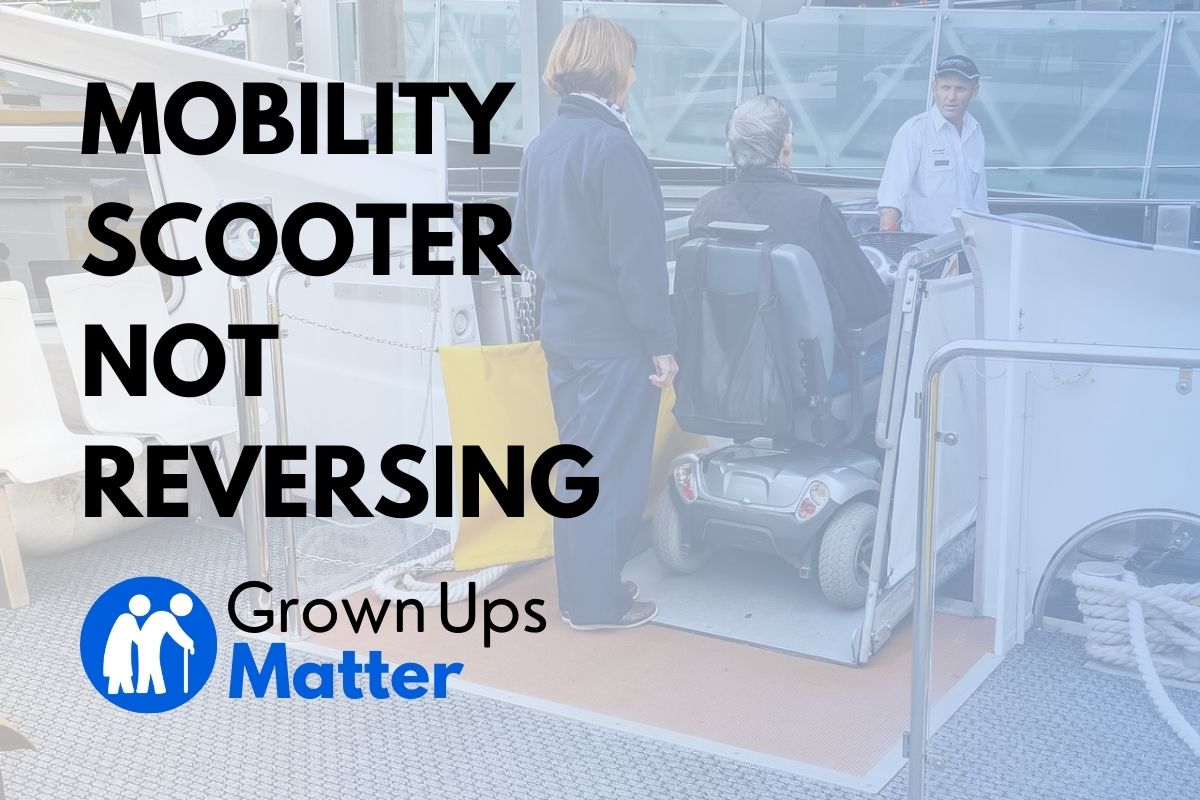If you’re experiencing difficulties reversing your mobility scooter, you’re not alone.
Many users have reported similar issues.
In this article, we’ll take a look at some common causes of this problem and provide actionable steps you can take to troubleshoot and resolve it.
Whether you’re a first-time user or a seasoned veteran, this guide will help you get back on the road in no time.
In this article, we’ll cover a wide range of topics, including:
- Common causes of mobility scooter reversing issues
- Simple troubleshooting steps you can take at home
- How to identify and fix specific problems
- And much more!
So, if you’re experiencing difficulties reversing your mobility scooter, don’t give up hope just yet.
With the information and guidance provided in this article, you’ll be back on the road in no time.
So, keep reading to find out how to troubleshoot and resolve this problem.
Key Takeaways:
- The common causes of mobility scooter reversing issues include a failed reverse throttle potentiometer, damaged wire connection, failing control board, and a faulty motor.
- Troubleshooting steps include replacing the potentiometer, splicing and refitting the damaged wire, repairing or replacing the control board, and repairing or replacing the motor.
- The average repair cost for a failed potentiometer is $100, for a damaged wire is $35, for a failing control board is $300, and for a faulty motor is $600.
- If the issue with the scooter cannot be fixed by the user, alternative repair options are available.
- Proper maintenance can help prevent future issues with the mobility scooter and maintain its functionality and safety. A guide for mobility scooter maintenance is available.
Common Causes and Fixes
Reverse Throttle Potentiometer
If your scooter has a dedicated throttle bar for reversing, and your inputs don’t result in any movement, then it’s possible that its potentiometer is not working.
Potentiometers are electric components that translate your inputs into signals sent to the control board of the scooter, and these pieces are known to fail.
Recommended Fix:
Replace the potentiometer.
Average Repair Cost: $100
Wire Connection
Although not that common if your issue is only with reversing, a damaged cable on any part of the vehicle can be the culprit of your reverse inputs not reaching the motor.
Recommended Fix:
Splice and refit the damaged wire.
Average Repair Cost: $35
Control Board
As I mentioned earlier, potentiometers send signals to the control board, which is the brain of the operation.
Sometimes these boards can break down and start failing partially, resulting in certain inputs getting lost.
This is not that common, but always a possibility that a skilled technician will consider.
Recommended Fix:
Replace or repair the control board.
Average Repair Cost: $300
Motor
If everything else fails, perhaps you should look into the electric motor of your scooter.
Although rare, components fail, and something could be preventing your engine from reversing.
Recommended Fix:
Repair or replace the motor.
Average Repair Cost: $600
Alternatives to Repair Your Scooter
Sometimes these common issues, as simple as they seem can get out of hand for the average user.
To assist you with this, we have created the following article detailing all the different options you should consider for repairing your scooter:
How to Prevent This Issue in the Future
Mobility scooters are an important tool for those who need help getting around, and it’s essential to maintain them to keep them functioning well.
Proper maintenance is essential to keep your mobility scooter running smoothly and safely.
Doing it regularly can prevent problems and keep you on the move, giving you the freedom and independence you need to live your life.
So, if you want to make the most of your mobility scooter, be sure to take good care of it.
We have written the following guide to help you with it:
All the claims made in this article are only for informational purposes, based on the writer’s experience and not clinical advice. You should always consult your physician or physical therapist if you have any doubts about how this applies to your specific case.

Rami is an economist with a passion for personal finance and a desire to help people make the most of their retirement years. He’s also the tech mind that made all of this possible, and a marketing enthusiast. In his articles, Ramiro offers real-life advice and resources for seniors looking to manage their finances and make the most of their retirement savings. He is dedicated to helping his readers live comfortably and securely during their golden years.

